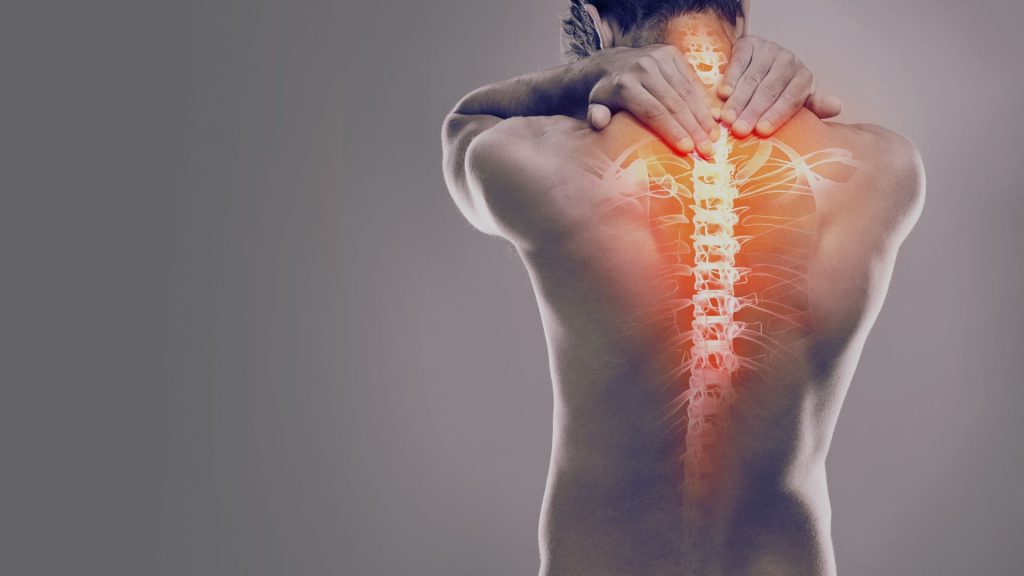Back pain—two small words that can lead to a big disruption in life. Whether it’s a dull ache or a sharp, shooting pain, back pain affects millions worldwide and is one of the most common reasons people miss work or visit a doctor. But understanding what causes back pain and how to address it can make all the difference in improving your quality of life.
Anatomy of the Back: A Quick Overview
To better understand back pain, it helps to know a bit about the anatomy of the back. The back is made up of three major components:
- The Spine: A column of 24 bones (vertebrae) stacked on top of one another, forming the structural support of the back.
- Muscles and Ligaments: These support and stabilize the spine while enabling movement.
- Discs: Gel-like cushions between vertebrae act as shock absorbers, aiding flexibility and comfort.
The back is a complex structure, and when even one part becomes strained or injured, it can cascade into discomfort or limited mobility.
Common Causes of Back Pain
Back pain doesn’t just appear out of nowhere—it usually has a specific cause. Here are some of the most common culprits:
- Poor Posture: Slouching or sitting for prolonged periods without proper support can strain the back muscles and spine.
- Muscle Strain: Overusing or improperly using the muscles during activities like lifting, bending, or twisting can lead to pain.
- Herniated Discs or Spinal Injuries: Accidents, falls, or repetitive stress can damage discs and nerves, resulting in pain.
- Medical Issues: Conditions such as arthritis, scoliosis, or osteoporosis can also lead to chronic back discomfort.
Identifying the root cause of your back pain is key to finding effective relief.
Lifestyle Factors that Contribute to Back Pain
Sometimes, it’s not just one action but a combination of lifestyle choices that impacts your back health. Consider these factors that are often associated with an increased risk of back pain:
- Obesity: Extra weight puts added pressure on the spine and can contribute to chronic pain.
- Lack of Exercise: Weak core muscles are less capable of supporting the spine, making it more prone to injury.
- Sedentary Living: Long hours sitting—whether at a desk or on a couch—can lead to stiffness and strain over time.
- Stress: Mental stress often manifests physically, causing tension to build in the back muscles.
Adjusting these lifestyle components can help reduce and prevent back pain while improving your overall health.
Solutions for Managing and Preventing Back Pain
Thankfully, there are several steps you can take to address back pain and lower your chances of future issues:
- Ergonomics Matter: Ensure that your workspace is ergonomically designed. Use a chair with good lumbar support, position your desk and screen at eye level, and take breaks to stand and stretch.
- Regular Exercise:
- Low-impact activities like swimming, walking, or yoga can strengthen your back and improve flexibility.
- Core-focused exercises (such as planks) provide better spinal support.
- Maintain a Healthy Weight: Shedding excess pounds reduces strain on the back and improves long-term health.
- Stretching and Mobility Work:
- Regular stretching loosens tight muscles and improves circulation.
- Techniques like foam rolling can help alleviate muscle tension.
- Use Heat/Ice Therapy:
- Ice packs reduce inflammation, while heat therapy soothes muscle tension.
For temporary relief, over-the-counter medications or gentle massages may also help.
When to Seek Professional Help
While some back pain can be managed with self-care, chronic or severe pain should not be ignored. You should consult a healthcare professional if:
- The pain persists for more than a few weeks.
- You experience numbness, tingling, or weakness in your legs.
- The pain is accompanied by other symptoms such as fever, weight loss, or difficulty standing or walking.
- Doctors, chiropractors, and physical therapists can provide personalized treatment plans, which may include physical therapy,
- advanced imaging tests, neuropathy treatment in Tulsa, or other medical interventions.
Conclusion
Your back works hard to support you every day—return the favor by taking steps to support its health. By understanding the causes of back pain and incorporating preventative measures into your daily routine, you can avoid unnecessary suffering and enjoy a more active, pain-free life.

Dilawar Mughal is an accomplished author with a passion for storytelling. His works span various genres, from thrilling mysteries to heartfelt romance novels. With a keen eye for detail and a knack for character development, Sana Fatima weaves engaging narratives that captivate readers and transport them to new worlds.










